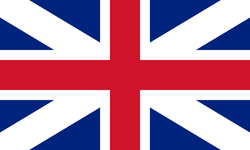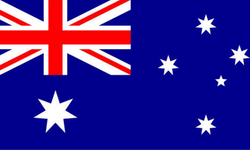Description
In the 16th century, sailors discovered the leaf of the Bayrum tree, the common name for pimenta racemosa, a small tree from the Antilles also known as Bay St. Thomas. Its dried leaves, rubbed on the body, released a very strong-smelling oil, an excellent way to cool down and perfume oneself after all those months at sea.... While farmers in the Antilles were making cargoes of sugar bound for Europe, some resourceful slaves on those same sugar cane plantations discovered that fermented molasses (a byproduct of sugar) could be converted into a sugary, alcoholic beverage. So brewers used the slaves' cane recipe, distilling the molasses to intensify the alcohol content in the drink and create the famous rum. For a resourceful sailor from the Virgin Islands, this was a great opportunity to brew the leaves to extract the essential oils. Bay Rum was born. This perfumed water was refined by the islanders with spices, citrus peels, cinnamon, etc. to flavor it to their taste and thus became a fragrant pleasurable gesture during massage or after shaving. This perfume, created in the Antilles, then experienced an overwhelming success worldwide. Initially appreciated in New York by American barbers, it even found its way to the royal courts of Europe. Bay Rum is still popular among men in the Caribbean islands (from Bermuda to the Bahamas to Barbados and the Virgin Islands). Ligne St Barth wanted to preserve this beautiful Caribbean tradition while giving it modernity by creating an authentic fragrance. The top notes were kept (lime, leaf of bayrum tree on an accord of old rum from Martinique), cardamom from Guatemala (the queen of spices) and vetiver were added. With Caribbean Gaiac wood, Tabacum Havana and Cedrus Atlantica as background notes. This olfactory composition was named Islander.










